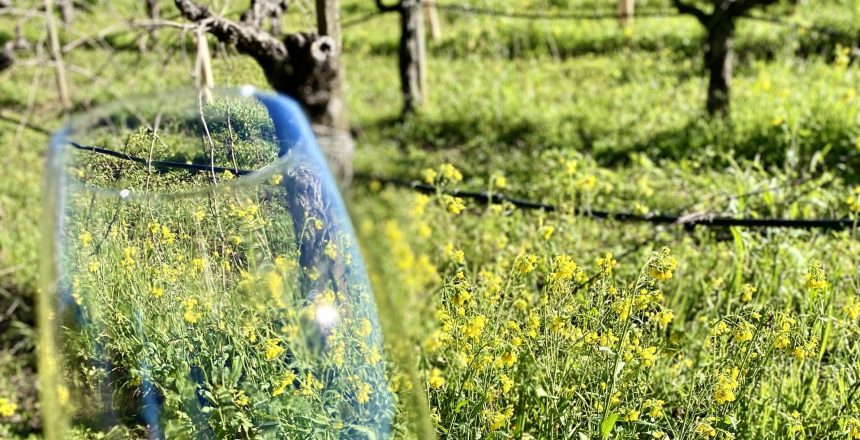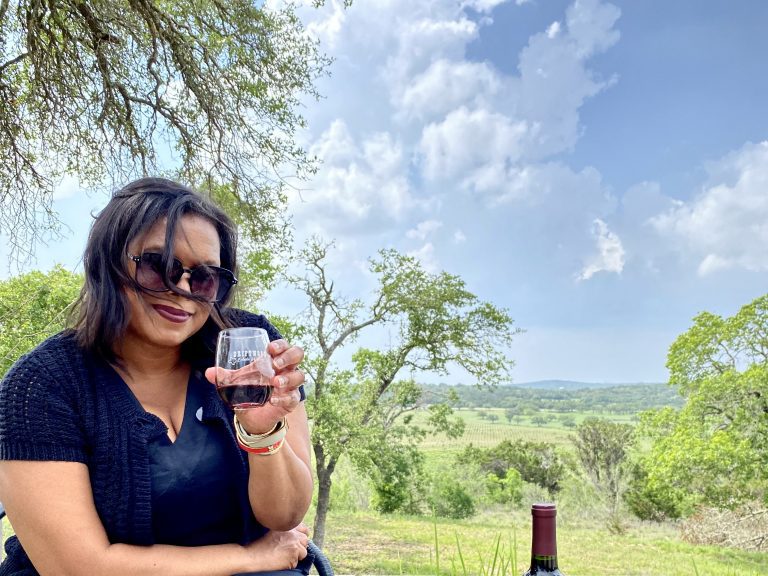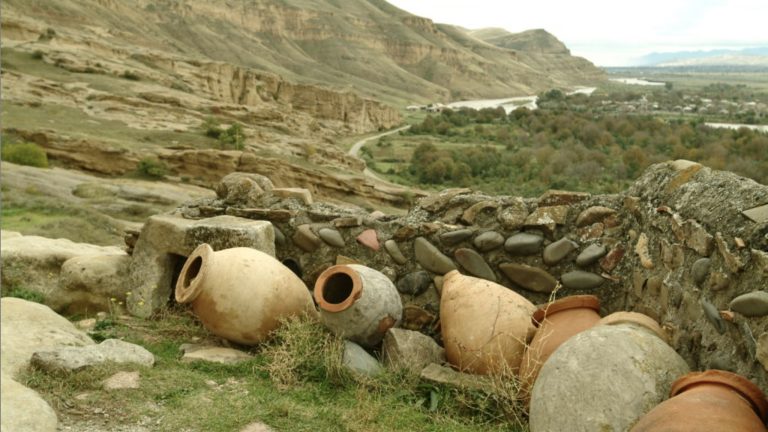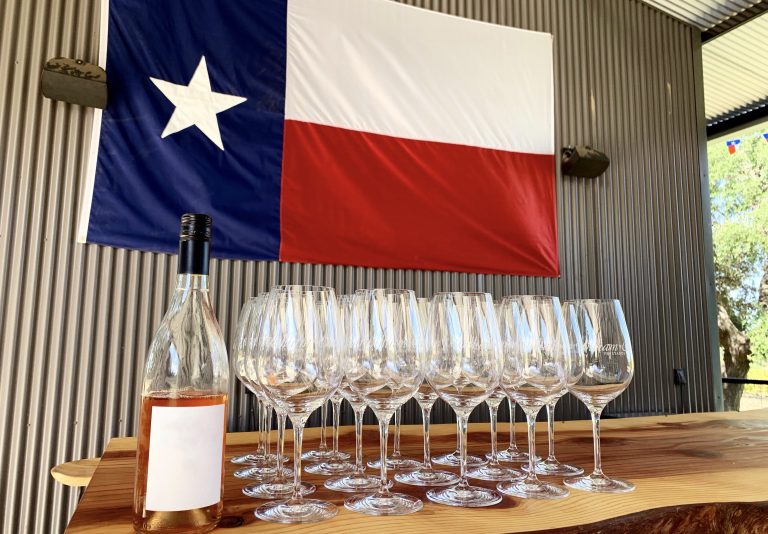We hear the word “sustainable” so much in wine, that many have come to question what, if anything, it means. Particularly, when we hear about so-called sustainable wine regions or sustainable wineries, it’s natural to wonder what we as consumers are really getting. I’ve (and I think a lot of there folks are there as well) come to view it as a broad umbrella under which a lot of different initiatives are encompassed. Whether we’re talking sustainable, natural, biodynamic, regenerative, vegan, organic, no sulfites, and on and on, there’s a core value that reaches across all of these.
Sustainability at its core is about employing processes that protect the environment, maintain economic viability, and foster social responsibility. Each of the popular initiatives out there support one or more of these values. Farming using organic or biodynamic practices focuses on the environmental prong. But of course, this is the tip of the proverbial iceberg. Things like energy and water conservation, worker protection, relationships with local communities, air and water quality, preservation of wildlife and local ecosystems, and more are all involved in sustainable wine practices. I have loved seeing so many individual wineries and regions as a whole embrace sustainability in its various forms. If you’re looking to find wines from some prominent sustainable wine regions, look no further.

Languedoc, France
Unless you’ve been living under a wine rock, you know that Languedoc is on the lips of many a wine enthusiast these days. I’ve written about this region a few times and definitely plan on sharing more. Signs in wine seem to be trending in the direction of affordable wine and of course, sustainable wine. Lucky for Languedoc that it does both. With cheaper land, fewer rules, and innovative winemakers, there is so much to be excited about in southern France. Blessed with the warmth of the Mediterranean and the cooling influence of the Atlantic, there is a diversity of wine styles in the region.
The Languedoc wine region not only has the largest percentage of organic vineyards in France (it’s home to about a third of France’s organic vines), it has one of the highest percentages in the world. In fact, this is where organic winemaking began in France. The region’s winemakers have long embraced sustainability practices, including organic and biodynamic farming as well as water conservation and biodiversity preservation. Additionally, many vineyards have adopted eco-friendly practices such as minimal chemical usage, cover cropping, and energy efficiency measures to reduce environmental impact. The region has taken great strides to change its image as a place of bulk wines to one of high-quality wines. Even better that they are doing it while minimizing their ecological footprint.
Alentejo, Portugal
Y’all know that I am bullish on Portugal’s Alentejo region. In addition to a fabulous visit there, I have so loved discovering the wines of the region – both red and white. I still remember attending a seminar on Alentejo’s sustainability efforts several years ago and found myself in awe of all they were doing. The region is extremely warm, where temperatures can easily exceed one hundred degrees. So for them, combating issues related to global warming is essential. As they say in Alentejo – they are not preparing for climate change, they are living it!
The region is very much a pioneer in sustainability and its programs serve as a benchmark for other wine regions. With its Wines of Alentejo Sustainability Plan (“WASP”) the region is committed to the sustainability of the wine sector on three fronts – economic, social, and environmental. Some efforts include water, disease and pest management in the vineyard, improvements in soil health, energy management in the winery, improvements in air quality and lighter, more efficient packaging. And given how hot and arid it is, water is always a concern for Alentejo. Yet there is a commitment to reduce water consumption by 20% in wineries as well as decrease the ratio of liter of water consumed per liter of wine produced.
The great thing about the Alentejo program is that they didn’t just put the information out there and expect the member wineries to implement the measure on their own. Instead, WASP provides the tools for wineries to be successful in this endeavor from the initial self-assessment to implementation, and beyond. These efforts have stimulated eco-innovation and encouraged self-improvement, ultimately resulting in job creation and increased sales of Alentejo wine. And the plan has the backing of many producers in the region. In the first three years of WASP, 56% of the PDO & PGI wines produced and 46% of planted vines were represented.
Sonoma County
I love when I find out great things about regions I already love. Consider me officially smitten with Sonoma County! I only recently learned that 99% of vineyard acres in Sonoma County are certified sustainable, which probably makes it one of the most sustainable wine regions in the world. This statistic shocked me because within the county are almost 60,000 acres of vineyards within the borders of 19 AVAs including regions like Russian River, Alexander Valley, Dry Creek (which I recently visited and loved), Petaluma Gap, Carneros, and Sonoma Coast. That’s a lot of vines! Like who knew?!
While I loved learning about the farming and wine production from the folks at Sonoma County Wine Growers, it was the work around sustainability, particularly “social” sustainability that left a lasting impression on me. Social equity is a big part of what they do and employee education, housing, health, safety, and empowerment are core to their mission. Whether it’s providing needed housing, a working wage, funds for emergencies, scholarship & mentorship opportunities for young women, health care, and more, it was clear that this is a region about people first.
It was icing on the cake to hear about all the ways they are working to reduce their carbon footprint. It was great to learn about their “Farm of the Future” initiative. Things like collaborating with Ford as a pilot farm incubator to electrify the farm’s fleet, carbon sequestration, installation of solar arrays, and more are examples of their commitment to combat climate change.
And yes, the wines were amazing! With 66+ varieties grown in the greater region, you’d be hard pressed not to find something you love. I mean, I actually had a Sauv Blanc that I liked! Whatever phase of your wine journey you’re on, Sonoma County has you covered!
Chile
OK, Chile is technically not a wine region, but the country’s efforts around sustainability cover all of its wine regions. While many countries and regions have implemented sustainability codes, none are quite like Chile’s. These are some of the most comprehensive sustainability efforts on the globe.
I’ve even written an article for the Vintner Project called “The Chilean Wine Industry is Redefining What it Means to be Sustainable” that takes a deep dive on their efforts. Chile’s Sustainability Code employs a magnificently comprehensive approach that encompasses everything from vineyard and cellar practices to social issues and even tourism. Specifically, Chile’s Sustainability Code is divided into four areas – vineyard, winery/bottling plant, social sector, and tourism – and includes a mind-boggling 346 requirements.
To be sure, the Sustainability Code’s most remarkable feature is its section on social initiatives. Recently, Chile did a benchmark survey comparing its Sustainability Code with the codes from other other regions. Its social impact initiatives were the first items that stood out where they are more advanced and have more protections than other countries. Some of the social initiatives addressed include working life quality, employment contracts, health and safety, non-discrimination, professional development of workers through training, labor certification and scholarships, and community relations. For Chile, the hope is that at some point, concepts like ethical labor and human rights won’t be a big deal.
One of the most recent parts of the code brought on board was the section devoted to sustainably in tourism. It is closely tied to the country’s social initiatives and really is unique to Chile alone. Many of the initiatives of this section are also social in nature. Ethical treatment of tourism workers, staff training, and even a focus on hiring local suppliers where possible are all covered in the tourism section of the Sustainability Code. After reading all of the things they were doing in Chile, I was all in! I had never seen such things as priorities for the wine industry. And I loved that so many producers and so many varietals were represented. Whether you want a traditional Malbec or one of my fave varietals in Cab Franc, there is no shortage of delicious wine.
SIP Certified
For more sustainable wines, do check out the folks at the SIP (“Sustainability in Practice) Certified organization. I previously wrote about their program and was thrilled to find that some of my favorite wine regions are heavily represented in this program. SIP Certified focuses on the 3 P’s of Sustainability – People, Planet, Prosperity – ensuring that both natural and human resources are protected. To be sure, SIP goes above and beyond the areas covered by national organic and biodynamic programs. The organization provides a rigorous certification process that employs non-negotiable, science-based standards as well as transparency and independent verification.
Like the Chilean program, SIP has integrated standards that focus on the well-being of the people involved including things like social equity and business management. The SIP Certified program began in 2008 with 3,700 acres of vines between Monterey and Santa Barbara counties. Today, there are over 46,000 vineyard acres covered, multiple wineries, and more than 60.3 million bottles of wine that have been SIP Certified. Consumers around the world can now find a wide array of sustainably produced wines to fit their needs, budgets, and stylistic preferences. What’s more, identifying these wines is so easy. Just look for the “SIP Certified” label on the bottle.
Cheers to sustainable wine regions!






No Comments